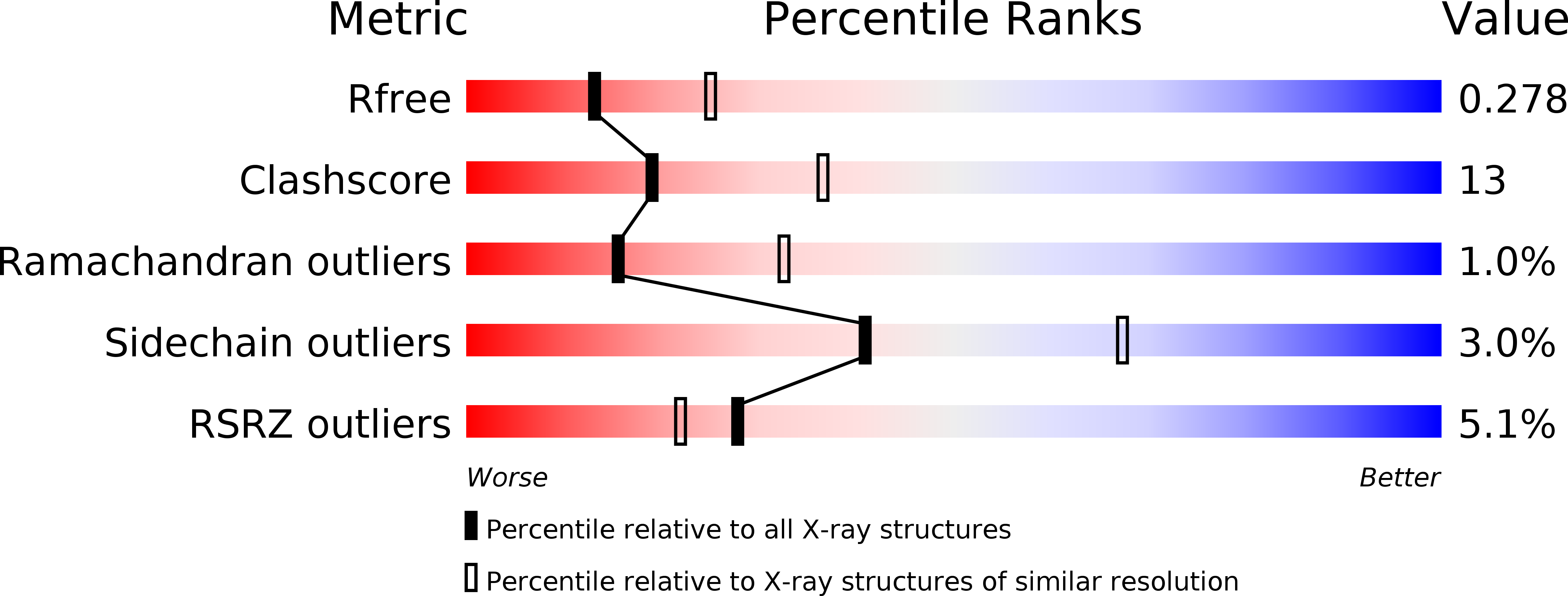
Deposition Date
2019-07-13
Release Date
2020-01-22
Last Version Date
2024-10-09
Entry Detail
PDB ID:
6S9I
Keywords:
Title:
Human Brr2 Helicase Region D534C/N1866C in complex with C-tail deleted Jab1
Biological Source:
Source Organism:
Homo sapiens (Taxon ID: 9606)
Host Organism:
Method Details:
Experimental Method:
Resolution:
2.60 Å
R-Value Free:
0.27
R-Value Work:
0.19
R-Value Observed:
0.19
Space Group:
P 21 21 21


